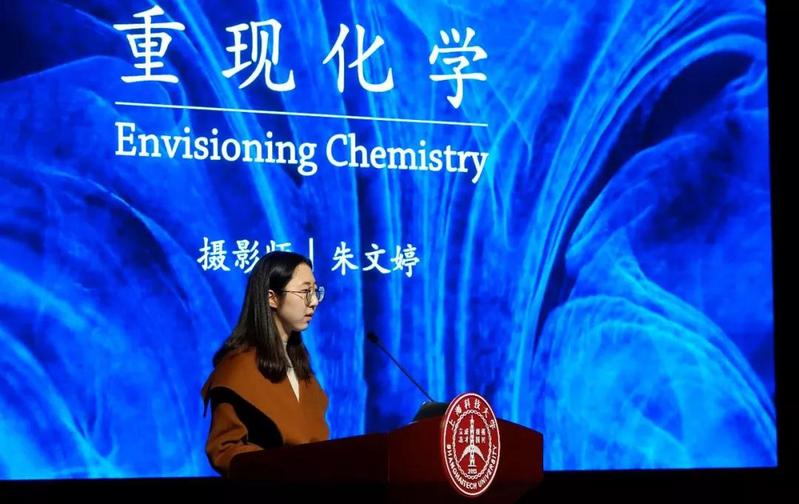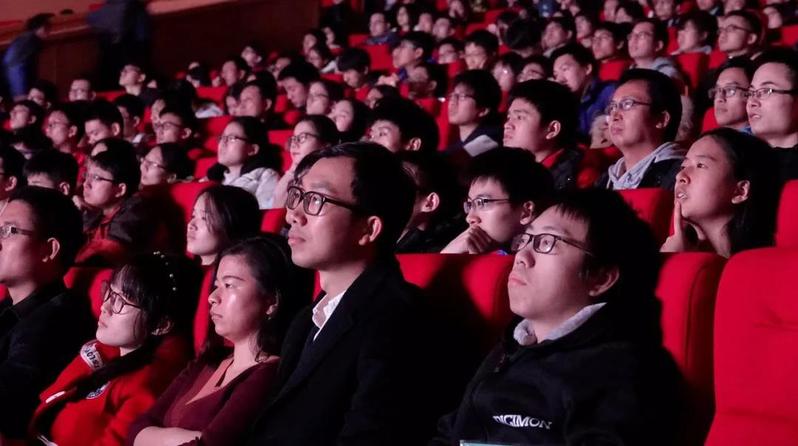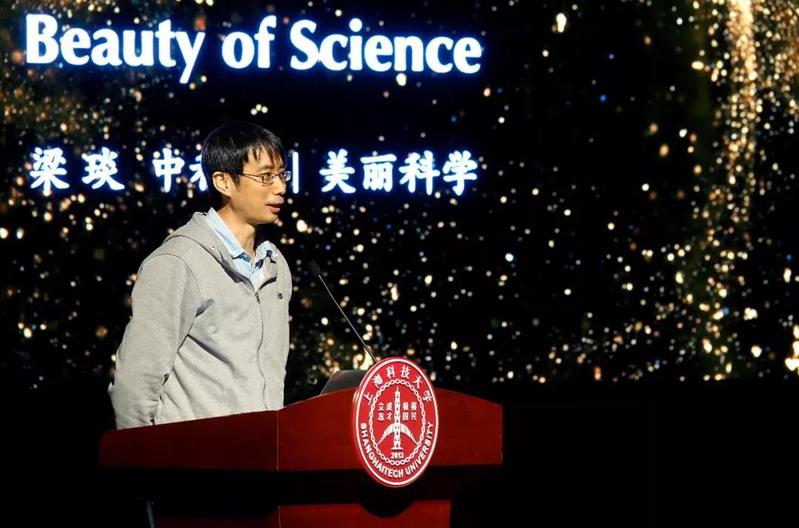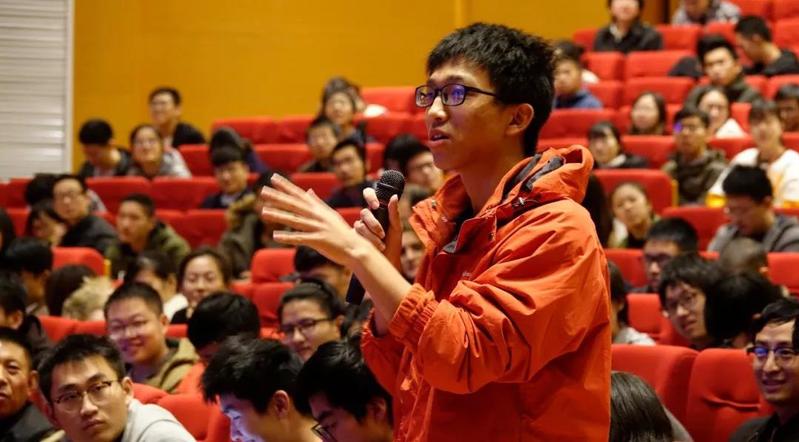December 13th, 2017, the founder of Beauty of Science, Liang Yan and the photographer of Beauty of Science, Zhu Wenting held a lecture at the conference center of ShanghaiTech University. This is the very first lecture of the series SCA Presents organized by the School of Creativity and Art and the lecture was a huge success.

Wenting impressed the audience through her creative micro videos and photography. A piece of metal displacement reaction video presents the most intuitive visual impact to the viewers —— the unpredictable fusion of different materials is lifelike. In the second half of the lecture, Liang Yan introduced the development process of Beauty of Science in both Chinese and English. He believes that science expands the horizon of human observation of nature. Therefore, the beauty of science is also the beauty of cognition.

Through a large number of examples, Liang Yan expounded the beauty of the scientific achievements that scientists of all ages explored and pursued: the entry-lever architecture used the single-celled biological skeleton as the model at the Paris World Expo in 20th Century, the creation of crystallography, the establishment of a microscopic molecular world model, etc.... Scientists are first attracted to the beauty of the things they want to study, and then they are driven by in-depth research.

At the end, he started with the chemical reaction under the infrared microscope, which led to the future direction of scientific development, such as the informatization of life science, the Europa idea established by NASA, and once again proved that the beauty of science ran through the past and the present, and was one of the driving forces for accelerating the advancement of science and technology.
After the lecture, the audience raised their questions from the perspectives of “how to apply visual arts to other scientific fields” and “how to balance the tedious experimental process with the attractive visual presentation”. Liang Yan explained that the fundamental purpose of Beauty of Science is to establish a better education model, from the visual aesthetics as an entry point to cultivate the interest of the public to learn science. He encouraged the audience to film their own experimental process and contribute to the Beauty of Science. And they could draw inspiration from the history of design and aesthetics, and cultivate their own intuition to discover and convey beauty. For researchers, learning to excavate the beauty of science will have higher attainments in science.

Additionally, as students coming from a science and engineering background, they consulted Liang Yan after the lecture on how to participate in the practice and creation of the beauty of scientific visualization, what kind of equipment they should use to shoot, and which reference books they should read.
Regarding the equipment, Liang Yan believed that the mobile phone was actually a good tool, but if the subject was relatively small, he suggested to purchase a SLR camera (or micro single camera) and a cost-effective macro lens.

In an interview with the C&EN website of the American Chemical Society (ACS), Liang Yan gave three suggestions on how to make high-quality videos like Beauty of Science: 1) learn the basic graphic design knowledge, 2) read Edward Tufte’s Visual Display of Quantitative Information, 3) take time to master some good drawing tools, such as Adobe Illustrator or Affinity Designer.


